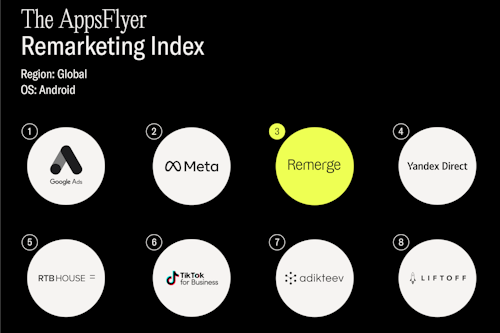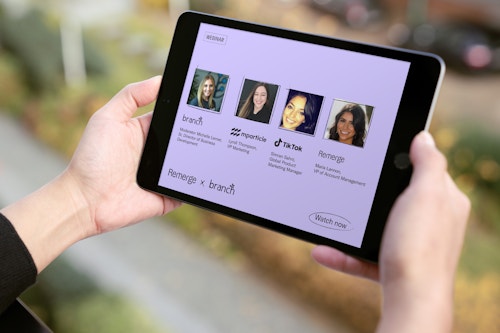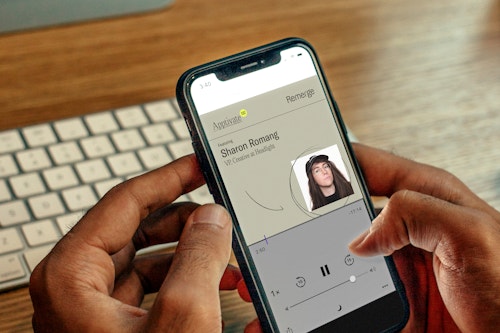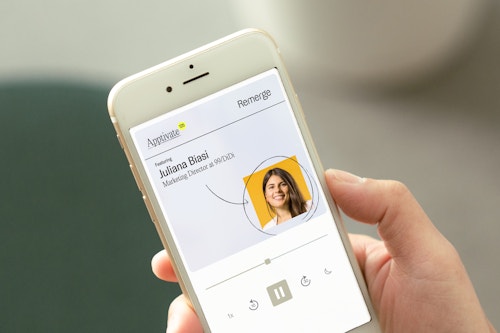How agencies can support QSRs with mobile marketing strategies
octubre 18, 2022
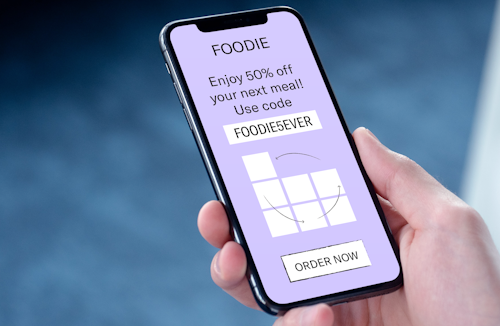
Over the last two years, mobile marketing and how we measure performance marketing campaigns have changed drastically. Covid has reshaped how businesses interact with and advertise to consumers, and with changes to iOS privacy, brands have had a lot to get their heads around.
But what do these changes really mean for advertisers, and how can agencies support them?
We spoke with Phil Golas, the VP of Technology and Activation in Ad Operations at global media agency Spark Foundry, for our Apptivate podcast. We explored the challenges facing brands entering the mobile marketing industry and how app marketing agencies can support and guide them through the entire app marketing campaign process.
Quick Service Restaurants: The interest in mobile marketing
Covid accelerated the growth of food delivery, that much is clear, but further increases are on the horizon. This industry is expected to be worth $320 billion by 2029.
How consumers order food continues to change, and Quick Service Restaurants (QSR) must be mindful of market developments to remain competitive and relevant in the industry. Restaurants are already seeing results since implementing changes at the start of the pandemic. According to data from PYMNTS, 56% of restaurants offering “mobile order-ahead” options have experienced revenue increases, and 92% of top-performing restaurants allow customers to order via mobile app.
For many organizations in the Quick Service Restaurant (QSR) industry, their interest in mobile marketing was born out of necessity. Covid forced the hand of many big brands — with the closure of brick-and-mortar stores, these traditional establishments had no choice but to turn to app marketing to capitalize on the now heavily-focused mobile market (think curbside pick-up and app ordering through DoorDash, both of which were brand new concepts to many QSRs).
« I think over the past year-and-a-half or two years, a lot of businesses have had to pivot the way that they conduct business. »
Phil Golas, Spark Foundry
These brands had previously served customers in real life and had little idea about what led people to purchase at their counter. Mobile marketing opened up a new opportunity, a chance to understand attribution windows and access a side to customers they had never seen before. The dilemma: how to capitalize on this new channel and measure its impact?
There’s so much much more you can quantify and measure with mobile marketing, and QSR brands were only just beginning to understand that. Phil Golas, VP of Technology and Activation in Ad Operations at global media agency Spark Foundry, explained:
“I think over the past year-and-a-half or two years, a lot of businesses have had to pivot the way that they conduct business. So, we’re seeing a lot more advertisers, brands, and clients thinking about, asking about, and trying to get educated on mobile measurement and how to do that.” — Phil Golas, Spark Foundry
The mobile measurement challenges facing QSRs
Understanding what you can measure can be difficult to grasp for newcomers to mobile measurement, particularly with constant privacy updates within the ad tech industry. Education was, and still is, one of the biggest challenges facing QSRs in the mobile space.
Approaching something you know nothing about can be daunting, even more so when this shift happens almost overnight. That’s why Spark Foundry prioritizes educating clients on privacy and engagement — showing them what they can measure and what they can’t, teaching them about last touch attribution and the AAT rollout, and discussing how measurement has evolved.
The QSR industry has quickly moved from its traditional roots and embraced the granular detail that is accessible through mobile measurement. For the first time, brands can see everything a consumer does after they’ve viewed their ad. They can understand customers' lifetime value (LTV) and analyze rewards programs like never before.
This shift represents a lightbulb moment for QSR brands, highlighting that it’s very much adapt or die.
« As we started to learn more [about the iOS privacy update], it lessened the blow a bit. »
Phil Golas, Spark Foundry
How agencies can support brands through iOS privacy changes
Although there has been a rise in Android usage, there has not been a drastic change in spend on iOS, says Phil. Apple still has purchasing power, and it's unlikely that brands will move away from this operating system.
The arrival of Apple's new privacy updates back in 2021 rocked brands' confidence, causing many companies to panic and bump the breaks on iOS spending. However, they are now starting to tip their toes back in the water.
“As we started to learn more [about the iOS privacy update], it lessened the blow a bit. Then when it was implemented, we started seeing some of the numbers come through, and it felt like less of a gut-punch than we expected in a lot of ways.” — Phil Golas, Spark Foundry
A lack of knowledge and expertise around iOS and its privacy changes are often stumbling blocks for brands, and that’s precisely where a trusted agency can support its clients. An agency team must first educate itself and then its clients on these changes. Why does the campaign not show any conversions within 24 hours, for example? What does this mean? Deciphering what is happening and relaying that back to the client is crucial to building trust and avoiding rash decision-making.
Staying on your toes in a fast-moving industry
Tapping into the right expert knowledge is key for all agencies, particularly Spark Foundry. Phil says:
“We like to educate ourselves by talking to lots of vendors and people in the tech space. We try to build up relationships, so even if we’re not working with a particular piece of technology at that time, having that open dialogue to understand what they do, what’s on their roadmap, what’s something cool they’re coming out with etc. is super helpful for us.”
At Spark, Phil also mentioned that subject matter experts are on hand to educate the wider team on specific tech aspects — sharing knowledge is key to progression in this space because, as we all know, nothing stays still for long.

What’s in store for the future of mobile measurement?
Phil thinks there’s a lot of room for personalization and automation in mobile measurement. He mentions that clunky tech is maturing, and we all need more efficient ways of working — we need to see more API integrations between partners and better cross-collaboration between tech so that agencies can deliver the best results to clients.
Advertisers must also target the right people with personalization — serving the right ad at the right time. QSR brands must connect different pieces of technology to build a more holistic picture of the consumer to make the consumer’s life easier.
Want to hear more from Phil and Remerge? Listen to the full conversation via our Apptivate podcast.

